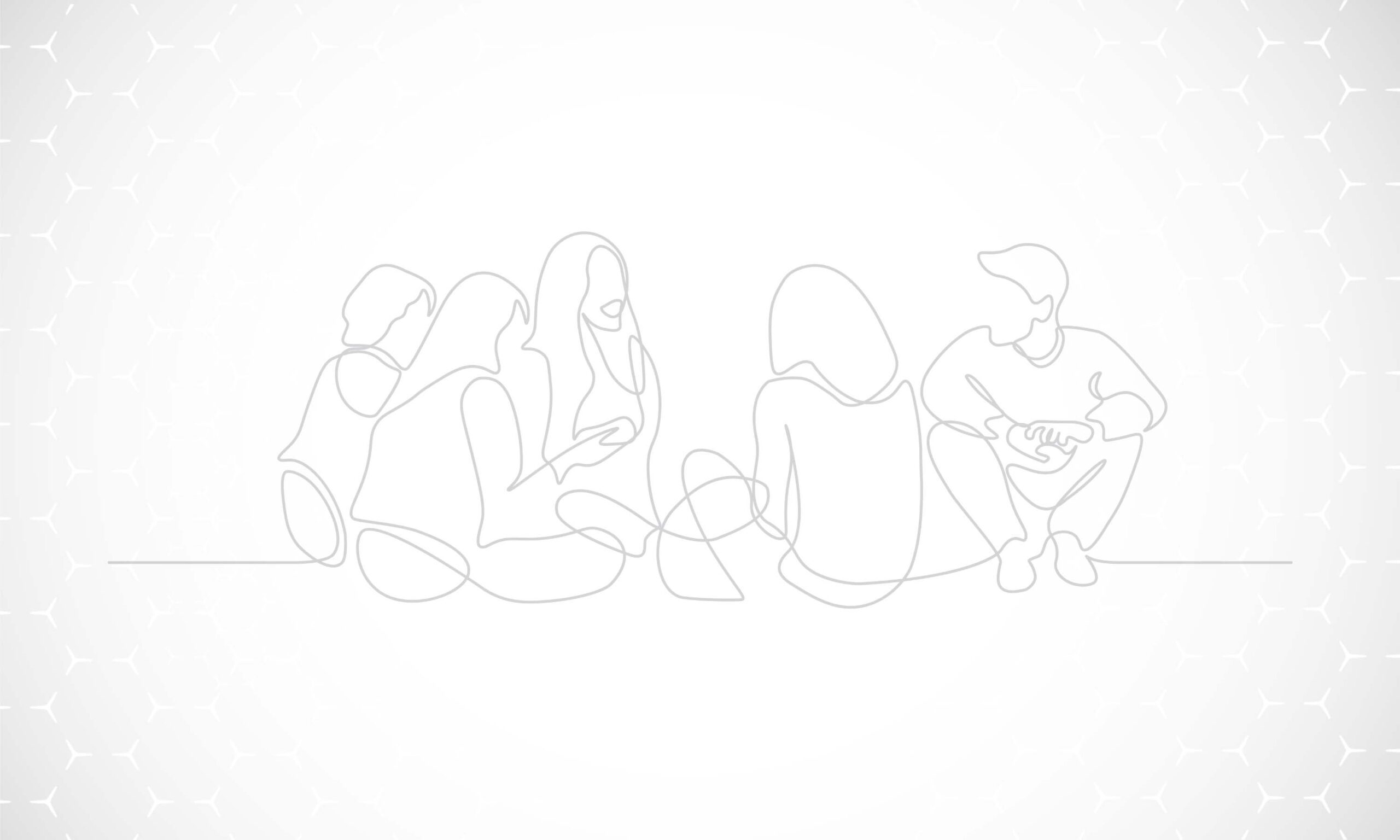There is ongoing and increased awareness and discussion around matters concerning diversity, equity, inclusion, belonging and sustainability.
Additionally, we have seen an increase in initiatives designed to promote workforce equality. Across workplace efforts, media coverage and social channels, the term “diversity” appears as a general thread that links these discussions. But are we all speaking the same language when we hear or use the term?
“Our task must be to free ourselves… by widening our circle of compassion to embrace all living creatures and the whole of nature and its beauty.” – Albert Einstein
Most people hear the word “diversity” and tend to think of sex or racial diversity. This narrow view can cause in earnest diversity efforts to fail, as sex and racial diversity are small pieces of a nuanced and complex diversity puzzle. As we evolve our individual and collective intelligence, it is important to minimally have working definitions of key terms and phrases used in these sensitive discussions.
What is diversity? In simple terms, it is any attribute that can be used to differentiate people or things from one another. The list of characteristics relative to people is broad and deep—age, gender, culture, upbringing, ethnicity, religion, physical ability, sexual orientation, gender expression, education, ideologies, socio-economic status, work experience, cognitive abilities, citizenship, language, sex, political views, etc.—to name a few.
Operating in diverse environments allows for vulnerability, exploration, understanding and willingness to learn. Ideal state is to surpass basic tolerance to a graduated safe and nurturing environment where differences are welcomed, embraced and celebrated. This is not always easy. Differences can make it hard for people to relate, connect and empathize. Though, like any challenging endeavor, navigating differences can be developed with intentionality and practice. Intentionality and practice begin with mindset. The way we think about diversity potentially impacts our relationship with broader related concepts.
Seven attributes to develop your mindset and embrace diversity:
- Conscious: self-aware and mindful of personal blind spots. Employing self-regulation to meter fairness and respect with others.
- Communication: willingness to challenge the status quo.
- Commitment: allotting time and energy coupled with authenticity and consistency to the desired outcome of diversity.
- Camaraderie: being an ally. Accountable to continuous learning. Use of influence and resources towards an equitable and inclusive environment.
- Collaboration: creating an environment where individuals are encouraged to share different perspectives to enlighten and achieve group intelligence.
- Cross Cultural Competence: desire to deepen cultural understanding through experiences in unfamiliar environments. Awareness that personal worldviews may influence expectations of other cultures and drive stereotypes.
- Curiosity: awareness of personal limitations and acceptance of the views of others to fill that gap. A desire to understand how others view the world. Patience with uncertainty.
Diversity is a fact of life, and the number of elements that shape diversity are limitless. Each of us brings unique life experiences and biological and genetic makeup that determines how we show up in the world. Unless you choose to segregate from the balance of society, you will be confronted daily with differences. It is within your scope of control to decide how these opportunities will influence your mindset and behaviors and—ideally—cultivate an environment where all feel they belong.
Interested in RP Belonging initiatives? Learn more here.
Tara McKennie (LinkedIn) is the Vice President of Culture and Leadership Development at Radiology Partners. RP, through its owned and affiliated practices, is a leading physician-led and physician-owned radiology practice in the U.S. Learn more about our mission, values and practice principles at RadPartners.com. For the latest news from RP, follow along our blog and on Twitter, LinkedIn, Instagram and YouTube. Interested in learning about career opportunities? Visit our careers page.







